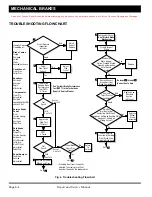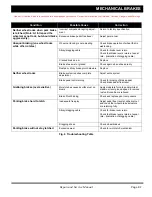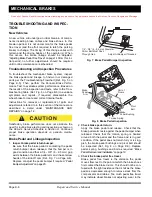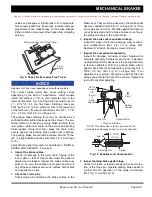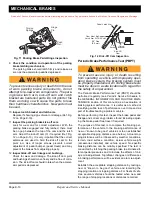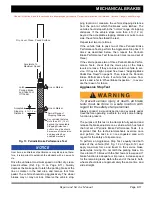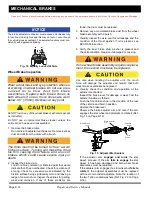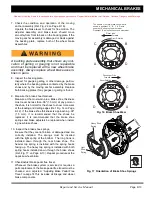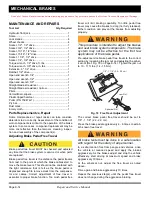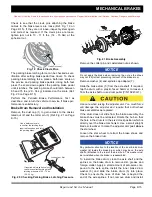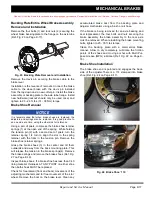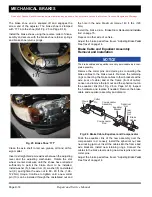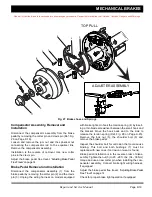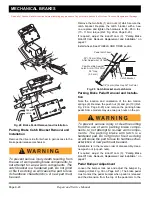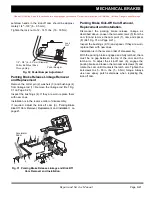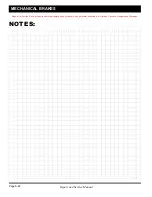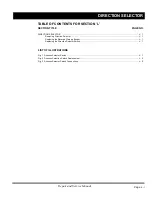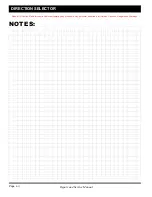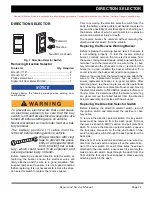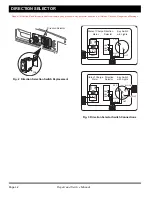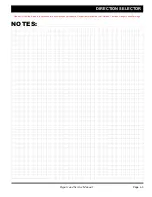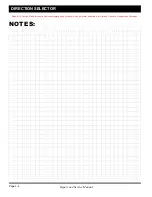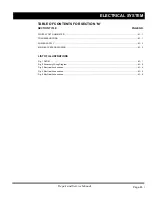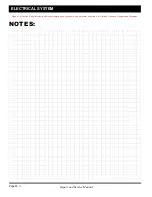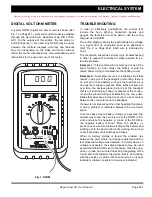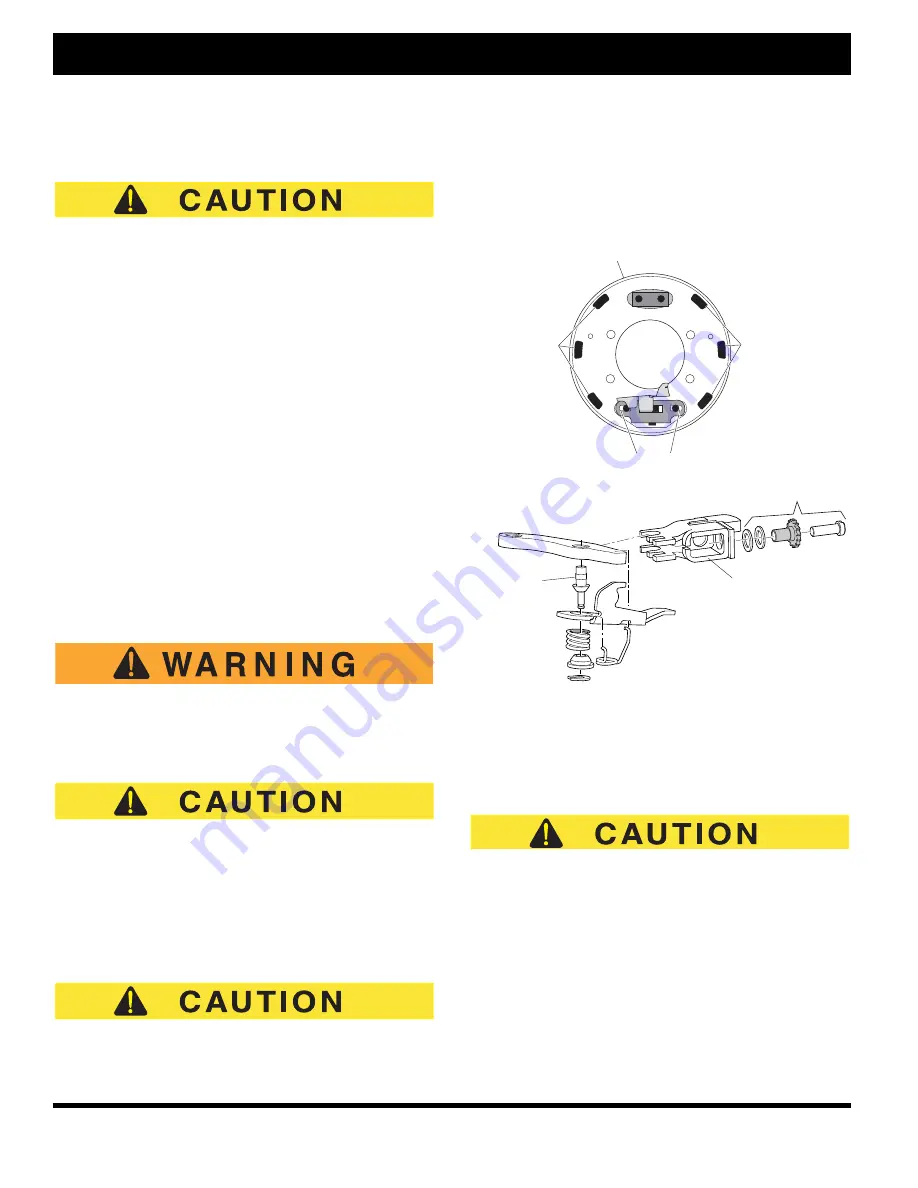
Page K-16
MECHANICAL BRAKES
Repair and Service Manual
Read all of Section B and this section before attempting any procedure. Pay particular attention to all Notices, Cautions, Dangers and Warnings..
one additional inner brake drum washer (total of 2) to
obtain required spacing.
Do not back off nut to install cotter pin.
Install the remaining hardware and tighten the nut to 80-
90 ft. lbs. (108 - 122 Nm) torque. Continue to tighten
until a new cotter pin can be installed through the castel-
lated nut and the hole in the axle. Maximum torque is
140 ft. lbs. (190 Nm).
Wheel Brake Service
Wheel brake service consists of disassembly, cleaning,
inspection, lubrication and re-assembly of the wheel
brake. Worn or damaged components must be replaced.
Wheel brake service is required periodically as a pre-
ventive maintenance measure (see Periodic Service
Schedule in Section A). The wear rate of brake shoes
and required service intervals will vary based on usage,
terrain and other conditions. It is recommended that
wheel brake service be performed periodically on a sam-
ple of vehicles within the service fleet to establish the
most efficient and effective service interval.
Remove the brake drum as described in ‘Brake Drum
Removal and Installation’.
Wear eye protection and a mask when clean-
in g b ra k e c om p o n en t s . Do n o t u s e c o m-
pressed air to remove brake dust from brake
assembly.
Do NOT use a commercial brake cleaner unless the
entire brake has been disassembled.
Remove any accumulated brake dust with a brush.
Remove the brake shoes. “Brake Shoe Removal” on
page 17
Clean backing plate with a commercial brake cleaner.
Allow to dry completely.
It is important that the friction areas between the backing
plate and the brake shoes be lubricated. Be careful not to
allow lubricant to contact the braking portion of the brake
shoes or the friction surface of the brake drum. Use only
recommended lubricants.
Lubricate the backing plate friction points of the shoes
and surfaces with Multi Purpose Grease (MPG) lubricant
(Ref. Fig. 22 on Page K-16).
Fig. 22 Wheel Brake Lubrication Points
Install the actuator components, adjuster components
and brake shoes “Brake Shoe Installation” on page 17. If the
brake shoes and drum are not to be replaced, sand the
friction surfaces lightly with emery cloth to remove any
foreign material.
Be sure that the adjusting screw is screwed into the star
wheel nut until only 1 - 2 threads are exposed. If the brake
shoes are replaced, replace the brake springs and the
adjuster components.
Replace the springs one side at a time, using the other
side as a guide.
Install brake drum as described in ‘Brake Drum Removal
and Installation’.
Repeat on other side of vehicle.
Adjust the brake pedal free travel. “Adjusting Brake Pedal
Free Travel” on page 14.
Backing Plate
Lubricate
(3) Bosses
Each Side
Lubricate
(3) Bosses
Each Side
Lubricate In and Around Surfaces
LUBRICATE
LUBRICATE
Brake Adjuster
Arm



